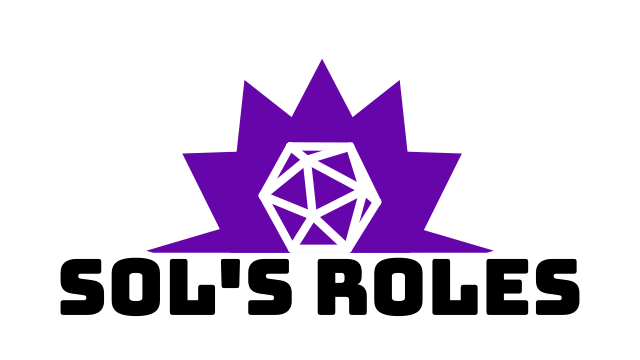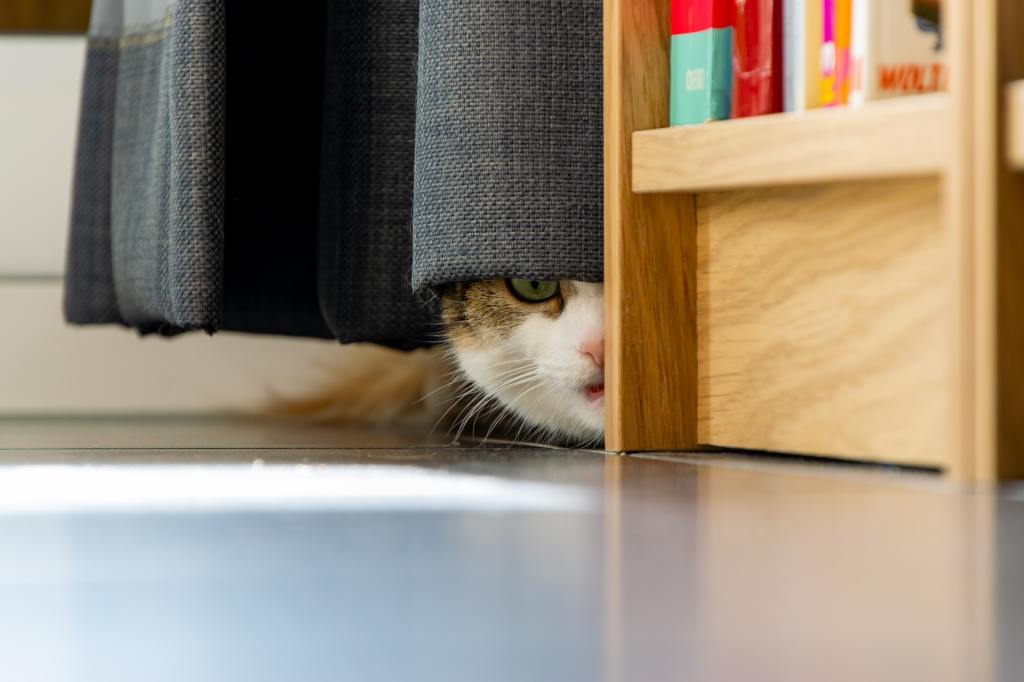
Happy new year, TTRPG community! As we begin a new chapter, it’s a great time to start thinking about our goals for the next twelve months. Whether you’re a player looking to improve your skills or a game master looking to take your campaigns to the next level, goal setting can be a powerful tool to help you achieve your dreams.
In this post, we’re going to dive into three key areas of goal setting: large-scale strategic planning, narrowing down objectives, and setting SMART goals. By the end of this article, you’ll have a roadmap for setting and achieving your goals in the new year.
Large-Scale Strategic Planning
This is the big-picture stuff – the things you want to achieve in the long term. Maybe you want to become a published TTRPG author, or dream of running a successful streaming channel. Whatever your objective is, it’s important to start by defining your big, long-term goals.
The key to large-scale strategic planning is to be as specific as possible. Instead of just saying, “I want to be a successful TTRPG streamer,” try to be more specific: “I want to grow my TTRPG streaming channel to 10,000 subscribers within the next three years.” By being specific, you’ll have a clearer idea of what you’re working towards, which will make it easier to set actionable goals along the way.
So, take some time to think about your big, long-term goals for the new year. What do you want to achieve in the next three, five, or even ten years? Write these desires down and keep them somewhere visible so you can refer back to them as you start setting more specific goals.

Narrowing
Now it’s time to start honing your objectives from dreams and visions of success to well-defined, actionable goals.
One way to do this is to break your long-term goals into smaller, more manageable chunks. For example, if your long-term goal is to grow your TTRPG streaming channel to 10,000 subscribers within the next three years, you might set a goal to reach 1,000 subscribers within the first year. This is a specific goal that you can work towards in the short term while still keeping your long-term goal in mind.
Another way to narrow down your objectives is to focus on the key areas that will help you achieve your long-term missions. For example, if you’re a game master looking to improve your skills, you might focus on developing your storytelling abilities or learning new game systems. By focusing on specific areas of growth, you’ll be able to set more targeted, achievable goals.
You can also take this time to identify the things that are distractions or hindrances to your objectives. If you want to focus on your storytelling abilities, you can toss out objectives that deal with things outside that. This is a great time to really pare down your to-do list so you can focus on the things you care most about.

SMART Goals
Now that you’ve narrowed down your objectives and set some specific, actionable goals, it’s time to make sure they’re SMART goals. SMART stands for Specific, Measurable, Attainable, Relevant, and Time-bound. By making sure your goals meet all five of these criteria, you’ll be able to stay focused and track your progress as you work towards achieving your objectives.
Most importantly, this type of goal-setting makes you more likely to actually achieve the end results you want.
Let’s say you want to write a TTRPG adventure that you can publish within the next year. A SMART goal for this might be: “I will write a TTRPG adventure that is 50 pages long and ready for publication by December 31st.” This goal is specific (publication-ready TTRPG adventure), measurable (50 pages), attainable (it’s possible to write 50 pages within a year), relevant (it’s related to your long-term goal of publishing an adventure), and time-bound (December 31st).
Here are some tips and strategies for setting and achieving your SMART goals in the new year:
- Write your goals down: It might seem simple, but writing your goals down can be a powerful way to commit to them and keep them in mind. Consider creating a goal-setting worksheet or a vision board to help you stay focused and motivated. These tools help keep you accountable and serve as a visual reminder of your aspirations.
- Make a plan: Once you’ve set your SMART goals, it’s time to create a plan for achieving them. This could include breaking your goals down into smallersub-goals and setting deadlines for each one. By creating a plan, you’ll have a roadmap to follow as you work towards success. You can use this time to also pinpoint steps that might be more challenging than others and brainstorm how you will overcome those challenges.
- Track your progress: As you carry out your plans, it’s important to track your progress so you can celebrate how far you’ve come and see what you still need to do. This could include keeping a journal or using a goal-tracking app to help you stay on the right path. By keeping in mind how far you’ve already come, you can also fight off imposter syndrome and burnout.
- Celebrate your achievements: Don’t forget to recognize your achievements along the way! Whether it’s reaching a milestone or completing a goal, it’s important to take a moment to acknowledge your hard work and enjoy your successes. This will help you stay motivated and focused as you continue working towards your goals. You can do this privately with a special treat or other reward or you can share these wins with the community (like in my Discord or the comment section below)!

In conclusion, goal-setting can be a powerful tool for TTRPG players and game masters looking to improve their skills and achieve their dreams. By following a few key steps, you can set and achieve your goals in the new year. These steps include large-scale strategic planning, narrowing your objectives to clear, focused goals, and making sure those goals are SMART – Specific, Measurable, Attainable, Relevant, and Time-bound. By following these steps and using the tips and strategies that work best for you, you’ll be well on your way to actualizing your dreams in the new year and beyond.
Get out there and start setting and achieving your goals – the TTRPG community is counting on you!
I hope this blog has been helpful as you start setting and achieving your goals in the new year! Remember to be patient with yourself and to take breaks when you need them. Goal-setting is a journey, not a destination, so enjoy the ride!
If you enjoyed this blog, please sign up to be a member on my Ko-Fi — your support there empowers me to continue to write these articles and provide excellent gaming content as well!



































